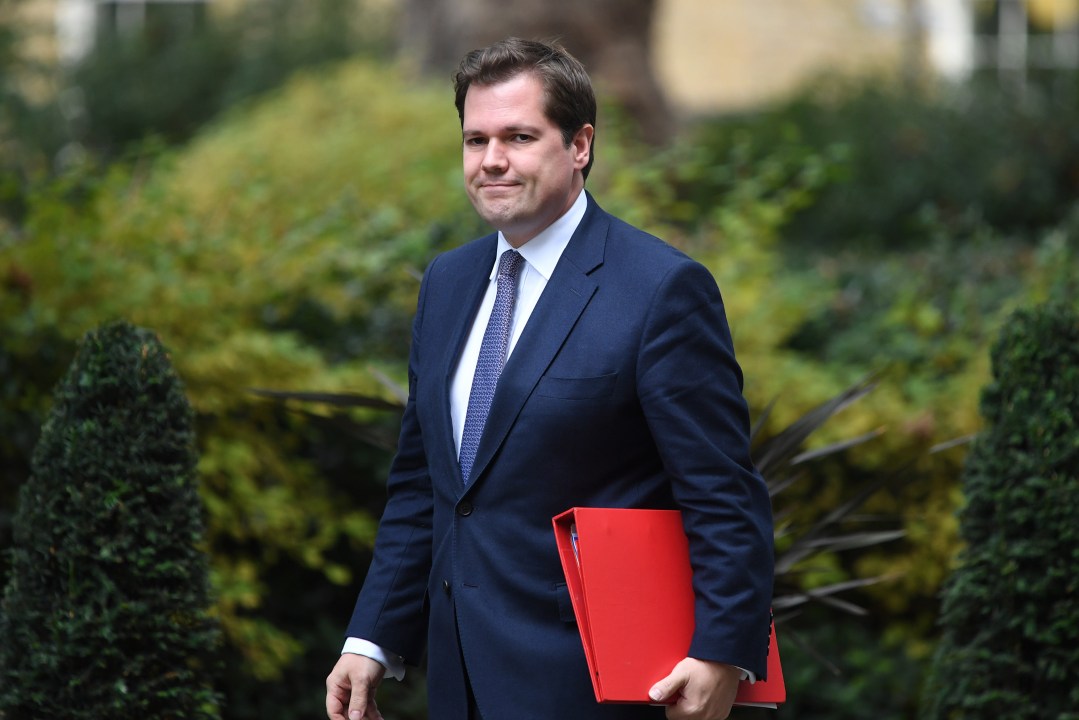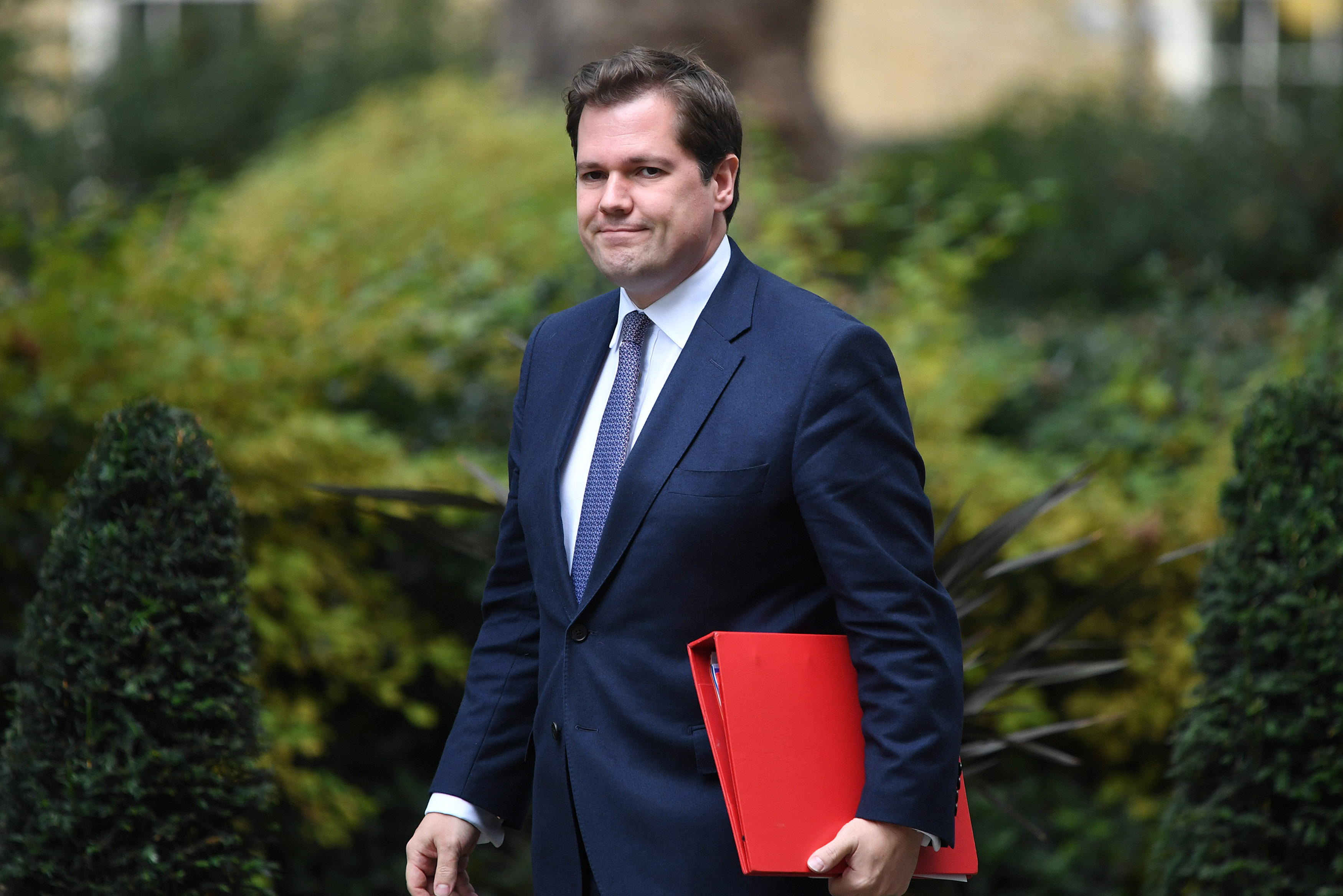Monday promised to be a significant day for those living in high rises across England.
The Building Safety Bill, which has been sold by the government as the biggest change to building safety in a generation, was published in its final form before it goes through parliament.
Introduced more than four years after the Grenfell fire killed 72 people, the Bill is aimed at ensuring a similar catastrophe never happens again. But will it succeed?
The 208-page document includes wide-ranging measures that will overhaul building safety regulation exposed as wholly inadequate by Grenfell, as well as significantly change the way in which high-rise buildings are designed, built, managed and lived in.
New dutyholders will be required at each stage of design, development, and occupation, and a ‘golden thread’ of information that links them all will become a requirement to ensure crucial safety information is not lost — as was the case at Grenfell.
Accountable persons will be required for all occupied buildings and be responsible for ensuring standards are met and held culpable if they are not.
Building inspectors, who have been heavily criticised in recent years for signing off unsafe buildings, will come under greater scrutiny. A Construction Products Regulator will be introduced to ensure that the side-stepping of proper testing processes by manufacturers that has led to dangerous materials being installed on thousands of buildings, cannot be repeated.
To oversee this regime will be a new Building Safety Regulator, with sharper teeth to sanction, and in the most egregious cases imprison, those that do not comply.
But while the changes will improve high-rise safety and give more protections for future flat owners, what about the victims of the previous system?
This sense of betrayal is likely to have huge potential political ramifications for the Conservatives
*****
The country is currently gripped by a building safety crisis, with hundreds of thousands of leaseholders trapped in dangerous buildings put up under a regime unfit for purpose.
These leaseholders not only go to bed every night in flats they know to be dangerous but are now facing extortionate bills — sometimes more than £100,000 each — to remove the materials that threaten their lives.
What does the Building Safety Bill include to protect them from such exorbitant costs? In short, very little.
Despite pleas from campaign groups and politicians, the Bill lacks any legislation that directly protects leaseholders from costs linked to historic defects.
Instead, what we see is something that has become a constant in the government’s response to the crisis — strong rhetoric followed by very little substantive action to help leaseholders.
Take the part of the Bill that looks to amend part of the Landlord and Tenant Act.
Under this change the government has now stipulated that there will be a legal requirement for building owners to take ‘reasonable steps’ to explore alternative ways of securing remediation costs before passing on to leaseholders. This could be through an insurance or warranty policy, or through legal action against the developer.
In principle this sounds good, but there are potential problems. Liam Spender, of Leasehold Knowledge Partnership, points out there is a lack of definition of what ‘reasonable steps’ are. They could be as little as the building owner writing a letter to a developer requesting money, getting rejected, and then opting to push the costs on to the leaseholders anyway.
He also adds that many modern leases require leaseholders to pay building owners costs if they pursue legal action, meaning leaseholders paying out more money if they lose.
The new Bill also includes an amendment to the Defective Premises Act. This is the piece of law that gives leaseholders the option to claim damages if the construction of the flat has made it unfit for habitation. The changes will extend the window in which leaseholders can sue developers from six to 15 years from the time of construction.
The amendment stole the headlines over the weekend as Housing Secretary Robert Jenrick trailed the Bill across television and radio. However, the level of impact this will have is unlikely to match the fanfare it was given.
Firstly, a large percentage of the buildings embroiled in this scandal will have been built before the 15-year period it covers. A snap survey carried out by UK Cladding Action Group found there were at least 239 affected buildings that would not be able to take advantage because their blocks were built before 2006. And with the Bill not expected to achieve Royal Assent until at least 2023, more buildings will be nudged out of scope.
Secondly, there is a reason why so few leaseholders have taken up the mantle of legal action against a cash-rich developer — it takes a lot of time and costs a lot of money. And in what would be a David vs Goliath battle, there is a high chance the leaseholder would lose.
The Bill does hold one potential avenue of redress that was not available to leaseholders before though, which could make legal challenges against builders and designers easier. It proposes to repeal Section 38 of the Building Safety Act to bring it into force.
Section 38 of the Building Safety Act was written as part of the initial act in 1984 but has never been commenced, until now. It states that a breach of regulation by a developer is actionable. This could in principle make it easier for leaseholders to launch claims and win, if they can clearly prove that their developer breached building regulations at the time of construction.
Yet as with any piece of law that has yet to be tested, there are still questions. The government hasn’t published what defences and restrictions will be placed on the amendment. There is also the defence that many developers have used since Grenfell — that they followed the guidance at the time of construction and it is regulations that were inadequate.
*****
In the eyes of many leaseholders, the lack of protection offered in the Building Safety Bill will be seen as a betrayal — no doubt heightened when the building safety minister Lord Greenhalgh told delegates at the Local Government Association Conference today that while he was aware leaseholders face ‘very big bills’ for ‘seriously shoddy work’, the Building Safety Bill was not the right mechanism to address it in full.
This seemed to fly in the face of comments he made in March, when he wrote to peers telling them the Bill would be ‘the correct legislative approach’ to prevent leaseholders from having to bear re-mediation costs.
Royston Smith, the Conservative MP for Southampton and Itchen, who earlier this year led a backbench revolt of more than 30 Conservative MPs to try to implement protections for leaseholders through the Fire Safety Bill, tweeted: ‘During the passage of the Fire Safety Bill ministers promised to address leaseholders’ concerns in the Building Safety Bill. The Bill is published. It doesn’t address the fundamental issue, leaseholders should not pay.’
Mr Smith and Stephen McPartland, the MP for Stevenage, who co-led his Fire Safety Bill rebellion, have already vowed to continue the fight to protect leaseholders from costs. Expect continued challenges to the Building Safety Bill in parliament from the pair and any Conservative allies they can recruit.
*****
This sense of betrayal is likely to have huge potential political ramifications for the Conservatives. A survey last year by UKCAG of more than 1,300 leaseholders caught up in the cladding scandal found that 82 per cent said it would influence how they voted in the next election.
While the government has brought in some measures to help, not least £5 billion to cover the remediation of cladding on buildings over 18m, it will still only help out a fraction of people (the Housing Select Committee has estimated the total cost could be at least £15 billion).
This crisis is only going to grow as more and more people realise they cannot sell their homes — then face extortionate bills to make them safe.
Ultimately, the only real solution is to fix unsafe buildings put up under an inadequate regime and protect those leaseholders who are in no way responsible from these costs.
As long as it appears to leaseholders that the government is failing to protect the same homeowners it professes to be the champion of, the political costs of this scandal — not to mention the remediation bills themselves – will only grow.







Comments